
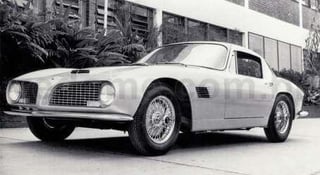
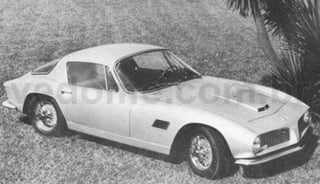


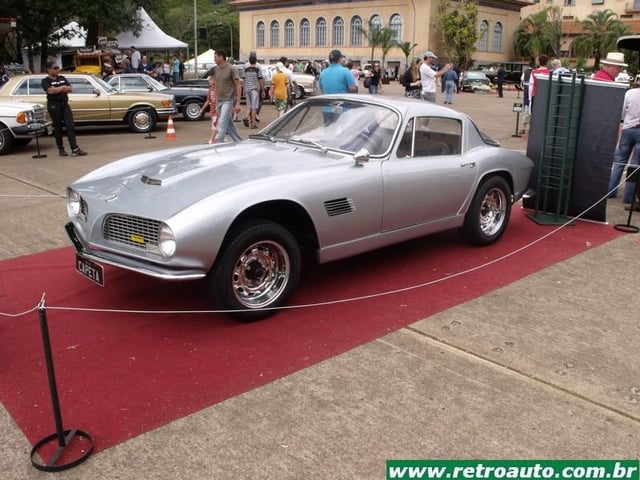
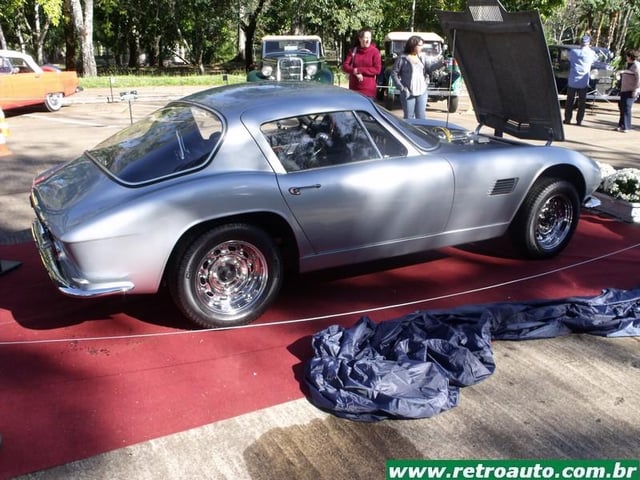
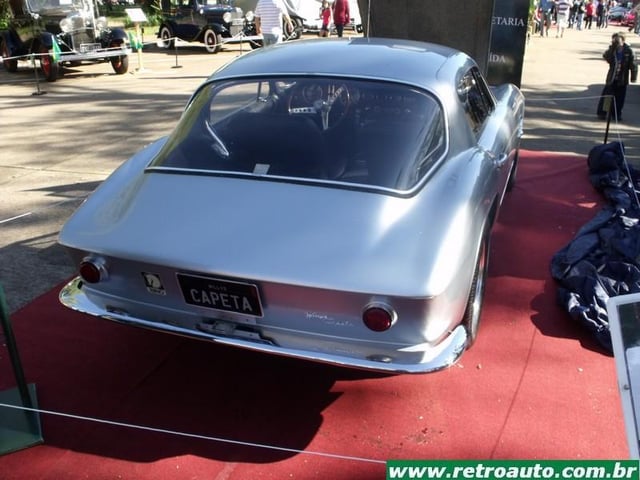
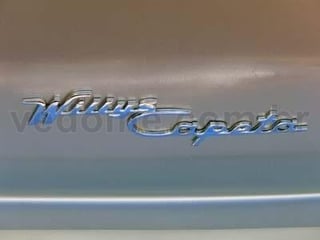
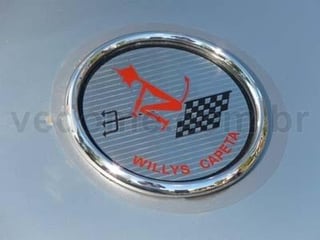
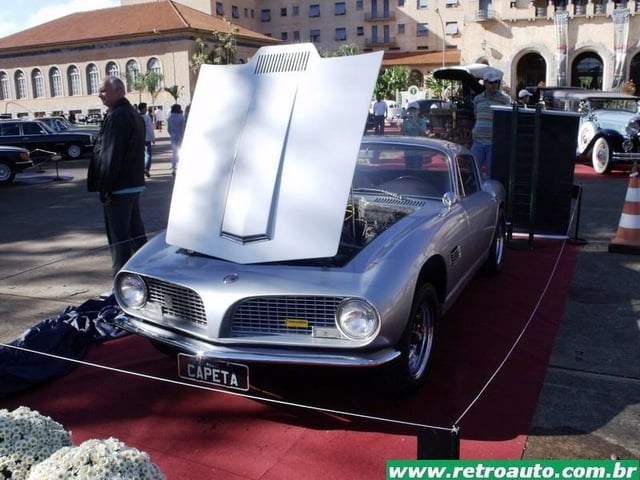

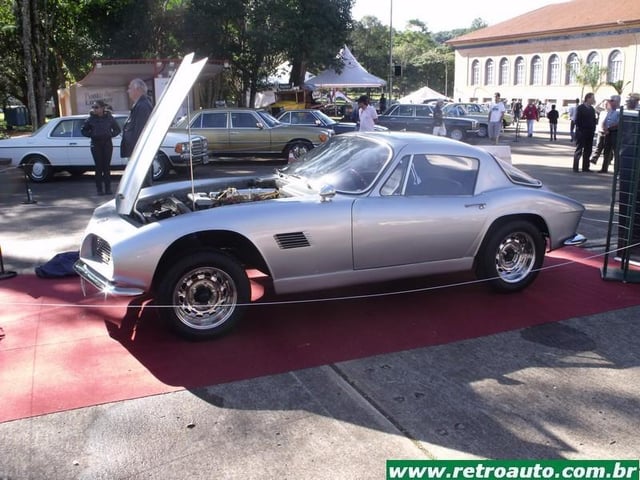
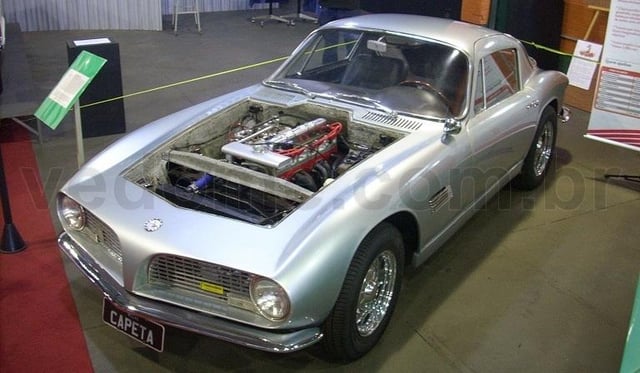
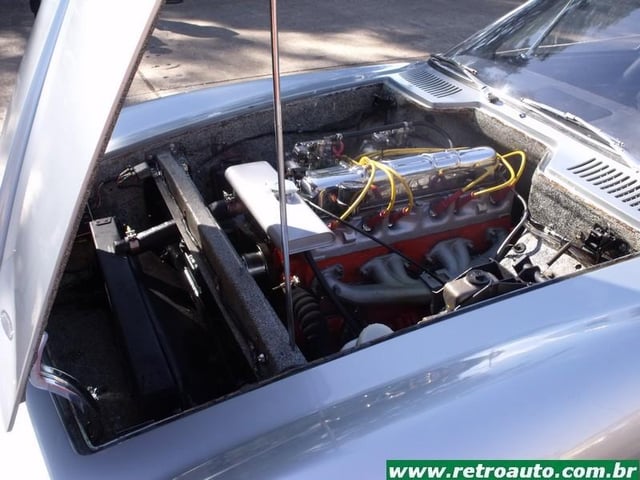
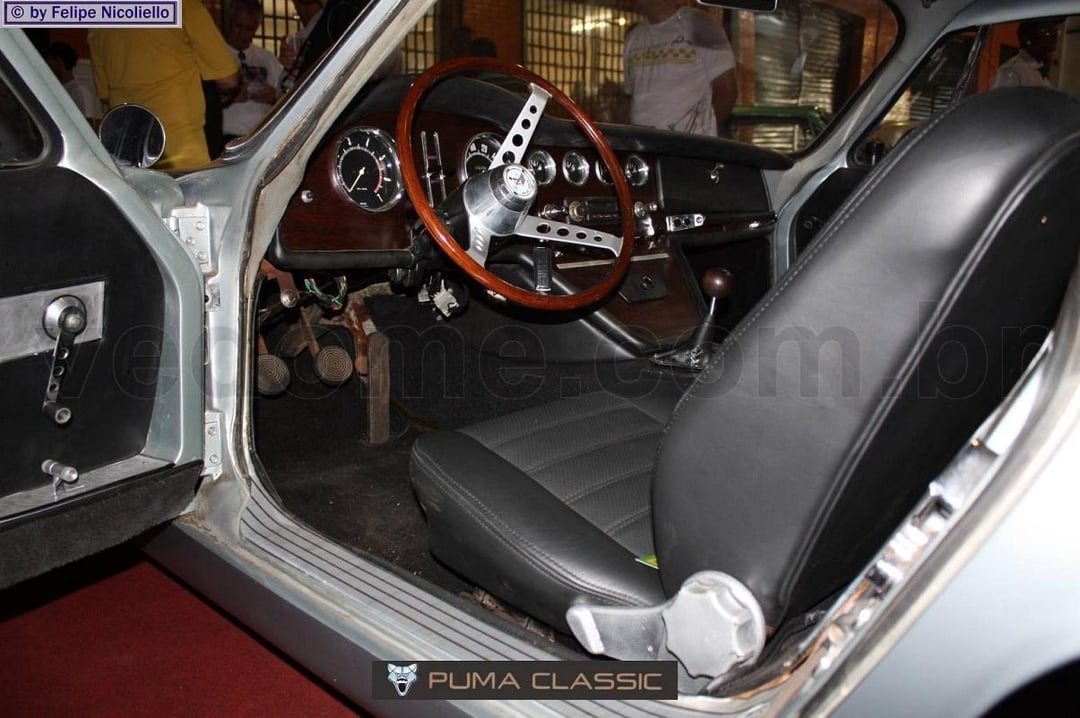
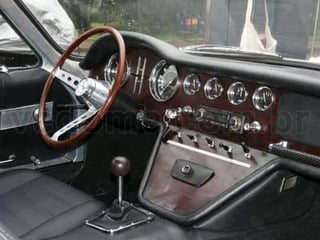
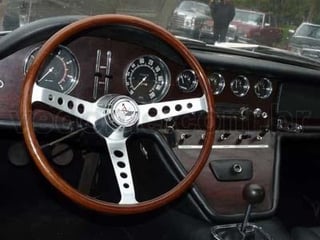
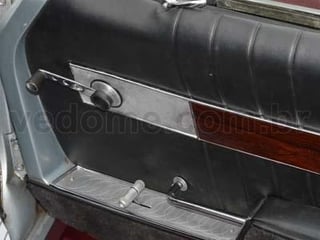

There was no shortage of good ideas and good projects in the automotive world in the 1960s and 1970s in Brazil. And car shows always attracted large audiences eager to see the latest innovations and in the 1964 car show a very interesting prototype was presented, the Willys Capeta (which is one of the nicknames given to the Devil in Brazil).
The exact authorship of the Capeta’s design is unknown, but Rigoberto Soler’s (1924 – 2004) hand in its design is clearly noticeable, a Spaniard by birth who became a naturalized Brazilian citizen. This professor at FEI (University of Industrial Engineering) was one of the first designers in Brazil, with projects such as the FEI-X3 and the Brasinca 4200 GT.
When comparing the Capeta with the Brasinca 4200 GT Uirapuru, designed by Rigoberto (also presented at the 1964 Auto Show): in the advancement of the doors on the roof; in the air intake on the hood; in the rearward driving position, almost over the rear axle; in the narrow single-blade bumpers; and in the driver’s position. Rigoberto had left Willys in the second half of 1962, and Roberto Araújo, to whom some attribute the design, or part, of the Capeta, had taken over as Style Director. The design was the responsibility of Ramiz Melquiso.
The body, after the creation of a scale model, was modeled in a 1:1 scale in clay, and later molded over it in fiberglass, work carried out by Chinese-American Chester Wong and Luiz Favaretto.
The mechanical part was handled by Wilhelm Brand, who had been the Development Director at Vemag (a company that produced agricultural machines and the DKW vehicles in Brazil). A peripheral chassis with a square profile was developed, with central reinforcement in an “X” shape (common in chassis of the time, including the DKW-Vemag), with a front suspension with a single semi-elliptical transverse spring (similar to the DKW).
At the rear, the differential axle of the Aero-Willys was adopted, with coil springs and longitudinal tensioners. The engine and gearbox were set back in relation to the front axle, with the driver and passenger close to the rear axle for better weight distribution.
Unlike its younger brother, the Interlagos, the Capeta’s performance is much closer to that of a full blown sports car.
The Capeta had the same engine as the Aero Willys. This front mounted engine, named Hurricane, was water-cooled, had six in-line cylinders, in a longitudinal position, 2638 cm³, a block made of cast iron, and a single-body Zenith-DFV carburetor that provided 90 horsepower at 4000 rpm and it was far from being a modern engine, when it equipped the Aero sedan went from 0 to 100 km/h or 0 to 62 mph in 25 seconds and its top speed was 125 km/h or 77.6 mph.
Since the Aero-Willys engine was not a sporty engine, Willian Max Pearce, president of Willys, asked the Competitions Department to improve the engine’s performance and create a 4-speed manual gearbox.
Luis Antônio Greco headed the Competitions Department and assigned Nelson Brizzi, who had worked on the Willys since 1961, to the job. He increased the piston diameter and stroke, manufactured an aluminum cylinder head with combustion chambers for sports use, an intake manifold separate from the cylinder head, installed two horizontal dual Solex 45 carburetors and a new exhaust manifold. He modified the gearbox by placing 4 gears inside the same gearbox instead of the three existing in the Aero-Willys, everything was done with great care by the factory engineers and it showed, as the power went up from a measly 90 hp to around 160 hp.
According to reports from the time, the prototype underwent acceleration and top speed tests, reaching values of 0 to 100 km/h or 0 to 62 mph in 10 seconds and 180 km/h or 112 mph at full speed, which was excellent for the time. In November 1964, the Capeta was ready to be presented at the IV Auto Show.
Unfortunately, the model did not make it past the prototype stage and only had one unit made, which was presented at the 3rd Auto Show in 1964, in São Paulo. It was the highlight of the company’s stand, next to it were the Willys Dauphine/Gordini and the Interlagos, based on the French Renault Alpine A-108, because in 1963 Willys, very excited about the success of Interlagos on the tracks, where almost all national brands wanted to show the potential of their cars, presented the Capeta project. The intention was to put it in competitions
Its body was very beautiful, with very modern lines that were clearly inspired by Italian sports cars. Made of fiberglass-reinforced plastic the vehicle was built by the Willys Styling Department. It was a very interesting 2+2 coupe. The main highlight is its elongated front end, which ends in a grille, the headlights are round and the small turn signals are rectangular with the air intakes on the hood and on the sides giving it a certain charm. Its glass area was great for a sports car. On the sides, it had beautiful spoked wheels as well as two air vents on the sides and several components from other Willys models.
The interior had leather seats, rosewood appliqués on the doors and a dashboard with excellent instrumentation. It had a three-spoke wooden steering wheel, a good-sized speedometer and tachometer, and four other dials such as a voltmeter, fuel level and temperature, and a clock.
The sports car featured improvements that would later be used in other models of the brand, such as the four-speed gearbox was immediately adopted in the 1965 Aero Willys line. The 3000 cc six-cylinder engine was used in the 1966 Willys Itamarati, with a separate manifold, but with only one double-barrel carburetor.
After its presentation at the Auto Show, the Capeta participated in an exhibition in Brasília. Its design was not approved due to cost issues and was stored by Willys in a warehouse attached to the styling studio. Still in the 1960s, it was donated to the Museu Paulista de Antiguidades Mecânicas (Paulista Museum of Mechanical Antiquities), in Caçapava, in the interior of São Paulo.
After the murder of its founder, the antique car enthusiast Roberto Lee, the museum has been closed for decades. The vehicles were left unused, without maintenance, and were looted, as a result of the heirs’ lack of interest. A heresy (pun intended).
The Capeta was not spared: the seats, steering wheel, radio, carburetors, exhaust manifold, gear lever and other items were stolen.
With a lot of work and dedication, Ford, who bought Willys in 1967, only managed to get the model back after years of trying, having the help of journalist and lawyer Roberto Nasser.
They restored the car and managed to transfer the Capeta to the Fundação Memórias do Transporte (Transport Memory Foundation), National Automobile Museum, in Brasília, keeping the sports car completely restored as seen in the photos for the pleasure of enthusiasts. It is very well kept and preserves the history of Brazilian automation.
Today it is part of the collection of the National Automobile Museum, in Brasília, whose curator was Roberto Nasser himself, who passed away in November 2018.
SOURCES
1: https://www.vrum.com.br/noticias/willys-capeta-unico-e-endiabrado/
2: https://site.retroauto.com.br/Willys-Capeta.php
3: https://www.vedome.com.br/willys-capeta/04-03-capeta.htm
by OriginalPapaya8






![[Rolls Royce Spectre] spotted during Monterey Car Week [Rolls Royce Spectre] spotted during Monterey Car Week](https://www.evshift.com/wp-content/uploads/2024/10/98g5jgbcc2td1-770x515.jpeg)
1 Comment
Reminds me of an opl GT but made by Pontiac